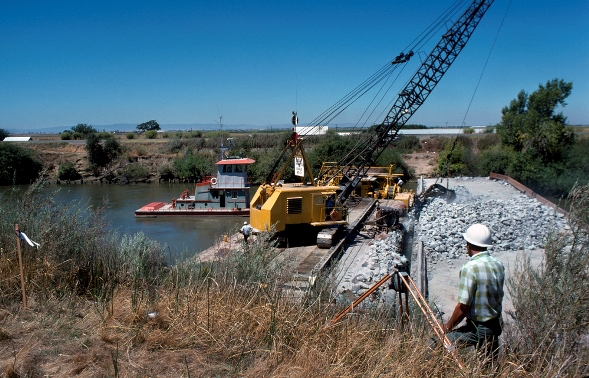Hurricane Beryl: A Sign of Increasingly Severe Storms

Hurricane Beryl hits Texas, The image was taken by a member of the Expedition 71 crew.
Zara Gounden, Circle of Blue – July 22
Hurricane Beryl hit Texas on Monday, July 8th, marking an early and deadly start to the 2024 Atlantic hurricane season, causing significant damage and leaving 1.5 million Texans without power.
In only 42 hours, Hurricane Beryl transitioned from a tropical depression to a major hurricane. From its start in the central Atlantic the storm barrelled westward, sweeping across the Caribbean and hitting North America in a category five fury. Torrential rains, flooding, and high winds have caused extensive harm to countless communities.
In May, the National Oceanic and Atmospheric Administration (NOAA) predicted an 85% chance of an above-normal hurricane season for 2024, attributing the increased strength of storms like Beryl and those to follow to warming oceans.
Cycles of warming and cooling in the world’s two largest oceans, intensified by climate change, also are factors in the strength of Atlantic hurricanes. Unusually cool sea surface temperatures in the central and eastern Pacific Ocean from periodic La Nina conditions result in decreased wind shear over the Atlantic. That, in turn, produces more favorable conditions for hurricanes to form and strengthen in the Atlantic.
Meanwhile, rising ocean temperatures due to climate change increase the intensity and frequency of La Niña events. Sea surface temperatures in the tropical Atlantic reached record highs in late May, just before the start of hurricane season.











Leave a Reply
Want to join the discussion?Feel free to contribute!